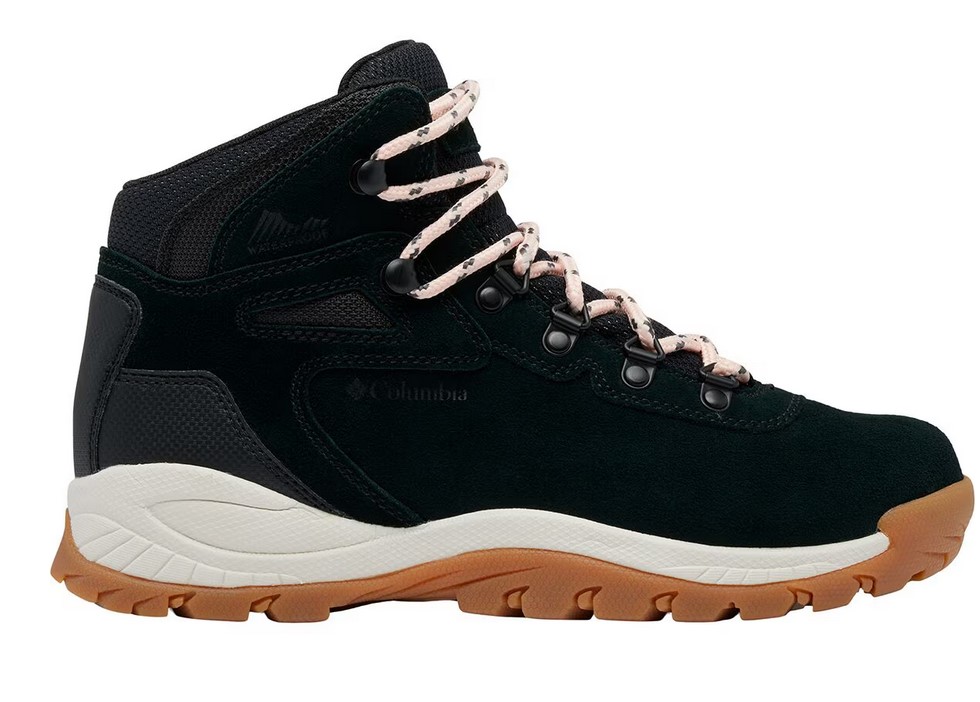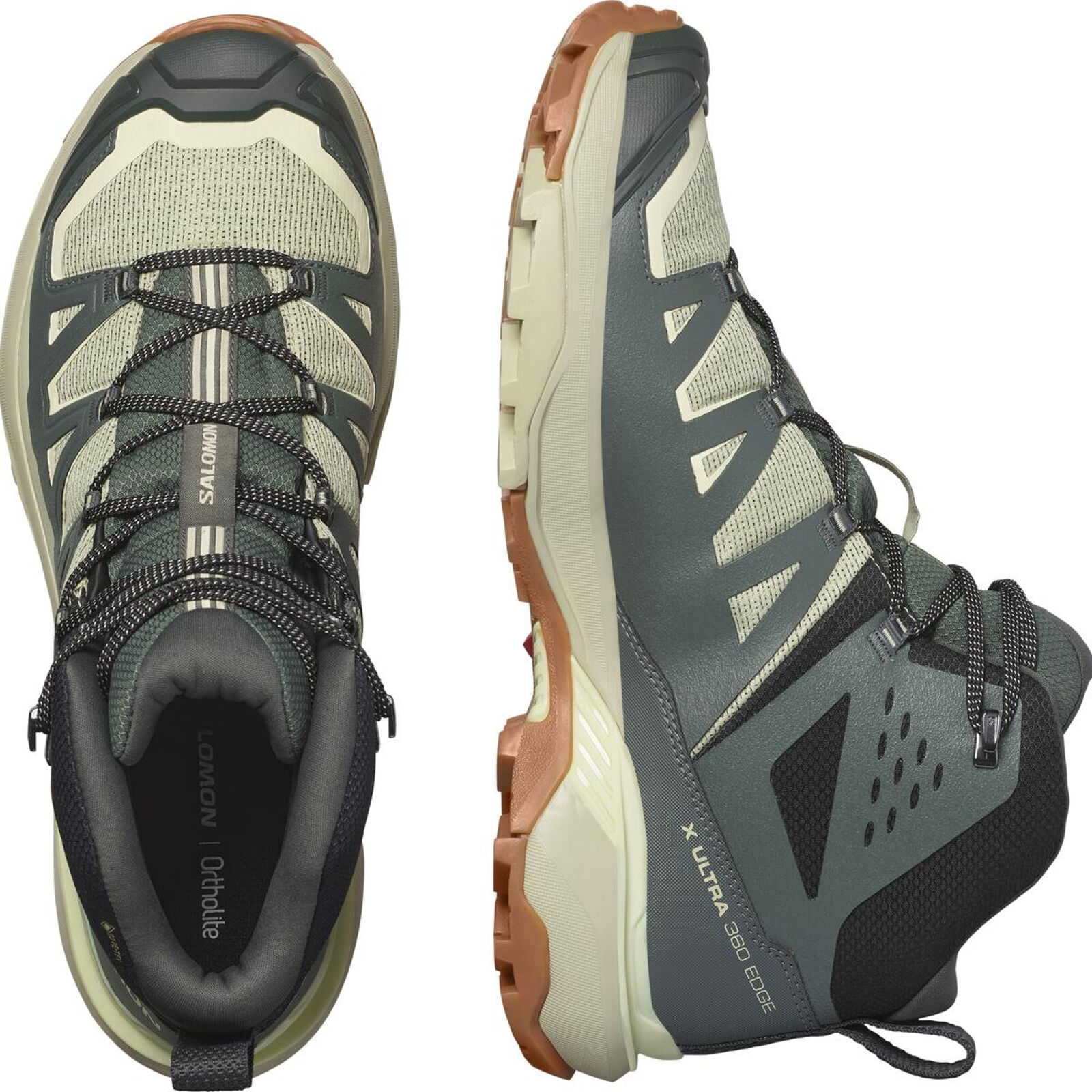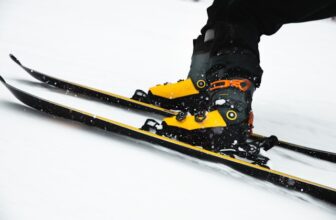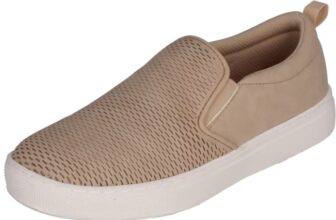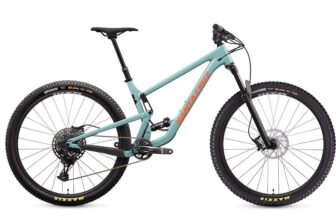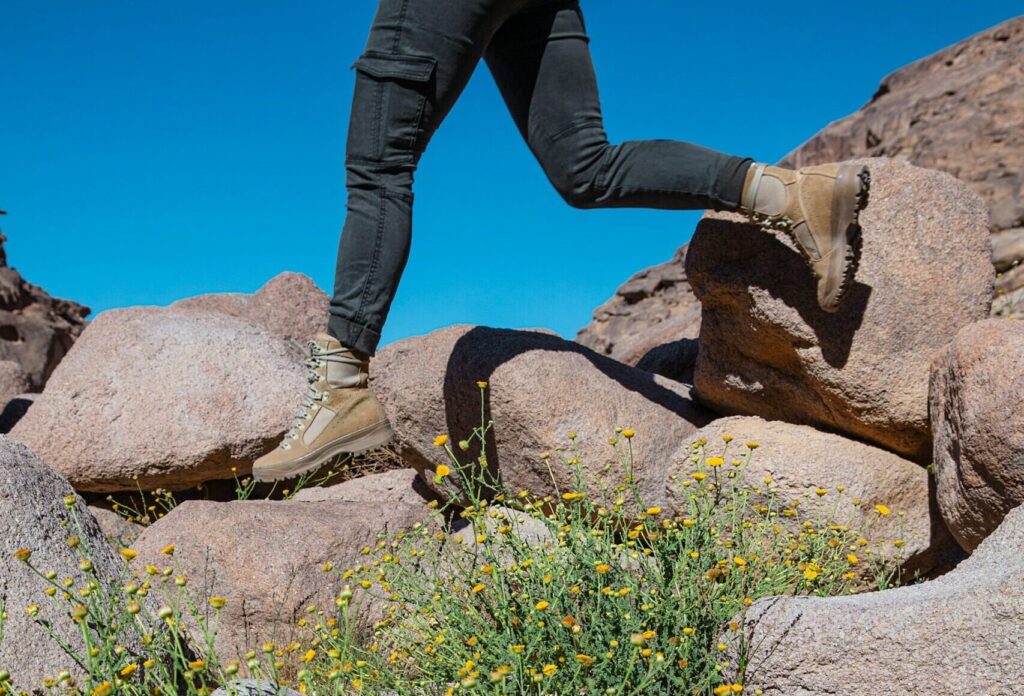
Choosing the right hiking boots is one of the most important decisions you’ll make when preparing for any outdoor adventure. Your boots not only protect your feet but also impact your overall comfort, safety, and performance on the trail. Finding the perfect pair can be daunting, especially when considering different terrain types, weather conditions, and personal preferences. In this guide, we will help you navigate the process of choosing the best hiking boots for all seasons, covering factors like boot types, materials, fit, and more.
Understanding the Types of Hiking Boots
Before diving into specific features, it’s essential to understand the three main categories of hiking boots. Each type serves a specific purpose depending on the difficulty and duration of your hike, as well as the conditions you’ll face.
Light Hiking Shoes
- Best for: Day hikes on well-maintained trails
- Description: These shoes resemble sturdy running shoes and are great for those who prefer lightweight footwear or plan to carry a light load. They provide flexibility and breathability, making them ideal for summer hikes or short excursions where speed and agility are priorities.
- Drawbacks: Light hiking shoes offer less ankle support and durability than heavier hiking boots, which makes them less suitable for rough or uneven terrain.
Midweight Hiking Boots
- Best for: Multi-day hikes and more challenging terrains
- Description: Midweight boots provide more stability and support than light hiking shoes. They typically have thicker soles and higher ankle support, which helps protect against twists and turns on uneven ground. These boots strike a good balance between comfort, durability, and weight, making them versatile for year-round use.
- Drawbacks: Although they offer more protection, midweight boots can feel a bit bulky for those used to lighter footwear.
Heavy-Duty Backpacking Boots
- Best for: Long-distance hikes with heavy loads, rough terrain, and extreme conditions
- Description: These boots are built to withstand tough conditions and heavy loads. With stiff soles, high ankle support, and thicker materials, they are designed for maximum stability and protection. Backpacking boots are ideal for hikers carrying large backpacks or traveling through rugged, mountainous regions.
- Drawbacks: These boots are heavier and less flexible than other types, which can lead to fatigue on shorter or less demanding hikes.
Seasonal Considerations: Choosing the Right Boot for All Seasons

While some hikers prefer owning multiple pairs of boots for different seasons, many outdoor enthusiasts look for versatile boots that can handle a variety of conditions year-round. Here’s how to evaluate your options for each season:
Spring and Summer Hiking
During warmer months, you’ll want boots that emphasize breathability and lightweight construction. In spring and summer, temperatures rise, and your feet are more likely to sweat, which can lead to blisters if your boots don’t allow proper ventilation.
- Breathable Uppers: Look for boots with mesh or synthetic uppers, which allow airflow to keep your feet cool and dry. Avoid all-leather boots during hot weather unless they have ventilation panels.
- Lighter Weight: Spring and summer hiking typically involve lighter gear, so you don’t need bulky, insulated boots. Opt for midweight or light hiking shoes that keep your feet cool without compromising support.
- Waterproofing: Spring can bring unpredictable weather, including rain or mud, so waterproof or water-resistant boots are essential to keep your feet dry.
Fall and Winter Hiking
When the weather turns colder, you need boots that provide warmth, insulation, and better traction to handle snow, ice, and wet conditions.
- Insulation: In colder temperatures, look for boots with built-in insulation. Winter hiking boots often come with additional padding to keep your feet warm in freezing conditions.
- Waterproofing: Winter hikes often involve snow and wet terrain, making waterproof boots a must. GORE-TEX-lined boots are an excellent choice for keeping water out while allowing your feet to breathe.
- Traction: Ensure that the boots you choose have deep, aggressive lugs (the patterned grips on the sole) for improved traction on slippery, icy, or muddy terrain.
- Fit for Layering: You may be wearing thicker socks in the winter, so ensure that your boots have enough room to accommodate them without being too tight. A snug fit is key for warmth, but too much tightness can cut off circulation.
Materials: Durability, Breathability, and Waterproofing
The materials used in hiking boots play a significant role in their performance, especially when it comes to durability, water resistance, and comfort. Here’s a breakdown of the most common materials and their advantages:
Leather
- Durability: Leather boots are known for their durability and can last for years with proper care. Full-grain leather is the most durable and offers excellent abrasion resistance, while split-grain leather is lighter but less durable.
- Water Resistance: Leather boots are naturally water-resistant, and when treated with waterproof coatings, they provide solid protection against rain and snow. However, they take longer to dry if they do get wet.
- Breathability: Leather is less breathable than synthetic materials, making it more suitable for cooler months or rugged terrain where durability is the priority.
Synthetic Materials (Nylon, Polyester, Mesh)
- Breathability: Synthetic boots are much more breathable than leather, making them ideal for warm-weather hiking. They allow moisture from sweat to evaporate, reducing the risk of blisters.
- Lightweight: Boots made with synthetic materials are generally lighter than leather, which helps reduce fatigue during long hikes.
- Durability: While synthetic materials are not as durable as leather, they are more affordable and dry more quickly when wet.
Waterproof Membranes
- GORE-TEX and Similar Membranes: Waterproof boots often feature GORE-TEX or similar waterproof membranes. These membranes are breathable yet water-resistant, allowing sweat to escape while preventing moisture from seeping in.
- Additional Waterproof Coatings: Some boots come with additional waterproof treatments, such as DWR (Durable Water Repellent), which helps water bead off the surface.
Fit: How to Get the Perfect Size
The most important factor when choosing hiking boots is the fit. Poorly fitting boots can lead to blisters, discomfort, and even injury. Here are some tips for ensuring the best fit:
Try Boots On in the Afternoon
Your feet swell throughout the day, especially during physical activity. Trying on boots in the afternoon or after a short walk will give you a better sense of how they’ll feel during a hike.
Wear Hiking Socks
Always try on boots with the socks you plan to wear while hiking. Thicker socks may require more room in the boot, so it’s crucial to get an accurate fit.
Check for Toe Space
When trying on boots, ensure you have enough room in the toe box. Your toes should have some wiggle room, but your foot shouldn’t slide around. When hiking downhill, your toes shouldn’t jam into the front of the boot—this can lead to black toenails or blisters.
Heel Fit
Your heel should feel snug but not too tight. If your heel slips when you walk, it can cause blisters. Look for boots that cradle your heel securely while allowing some movement in the forefoot.
Break-In Period
All hiking boots need some break-in time. Start by wearing them around the house or on short walks before heading out on longer hikes. Leather boots, in particular, will soften and mold to your feet over time, while synthetic materials may have a shorter break-in period.
Sole and Traction: Stability and Grip on All Terrain
The outsole of your hiking boot provides traction and stability. Look for boots with sturdy soles that can handle various terrain types and conditions.
- Lug Pattern: Deep, multi-directional lugs provide better grip on loose, uneven, or slippery surfaces. The more aggressive the lug pattern, the more grip you’ll have on rugged trails.
- Shank and Plate: Some boots include a shank or plate between the midsole and outsole. These features provide additional support and protection, especially on rocky terrain, by stiffening the boot and preventing sharp objects from poking through the sole.
- Cushioning: Midsole cushioning (usually EVA or polyurethane) helps absorb impact and provides extra comfort, which is essential for long hikes or carrying heavy loads.
Conclusion
Choosing the best hiking boots for all seasons requires understanding your hiking needs and the specific conditions you’ll face. Whether you’re tackling summer trails or braving winter snows, selecting the right type of boot, materials, and fit is key to a comfortable, safe, and enjoyable hike. By prioritizing comfort, durability, and versatility, you’ll be well-prepared for any adventure, no matter the season. Keep these factors in mind when shopping, and you’ll find the perfect pair of boots to carry you through every season’s challenges.
As soon as the snow melts, we’re eager to grab our gear and hit the trails again. This year, we’re relying on the Columbia Newton Ridge Plus Waterproof Amped Hiking Boot to help us tackle hikes both near and far.
X ULTRA 360 EDGE MID GORE-TEX is a hiking shoe with modern ambitions, designed for the new outdoors. Based on a legacy of X Ultra icons, this shoe delivers the best in all-terrain grip, stability and protection however you choose to adventure. Featuring a Gore-Tex®️ membrane for weather protection and a robust upper made out of recycled materials.

